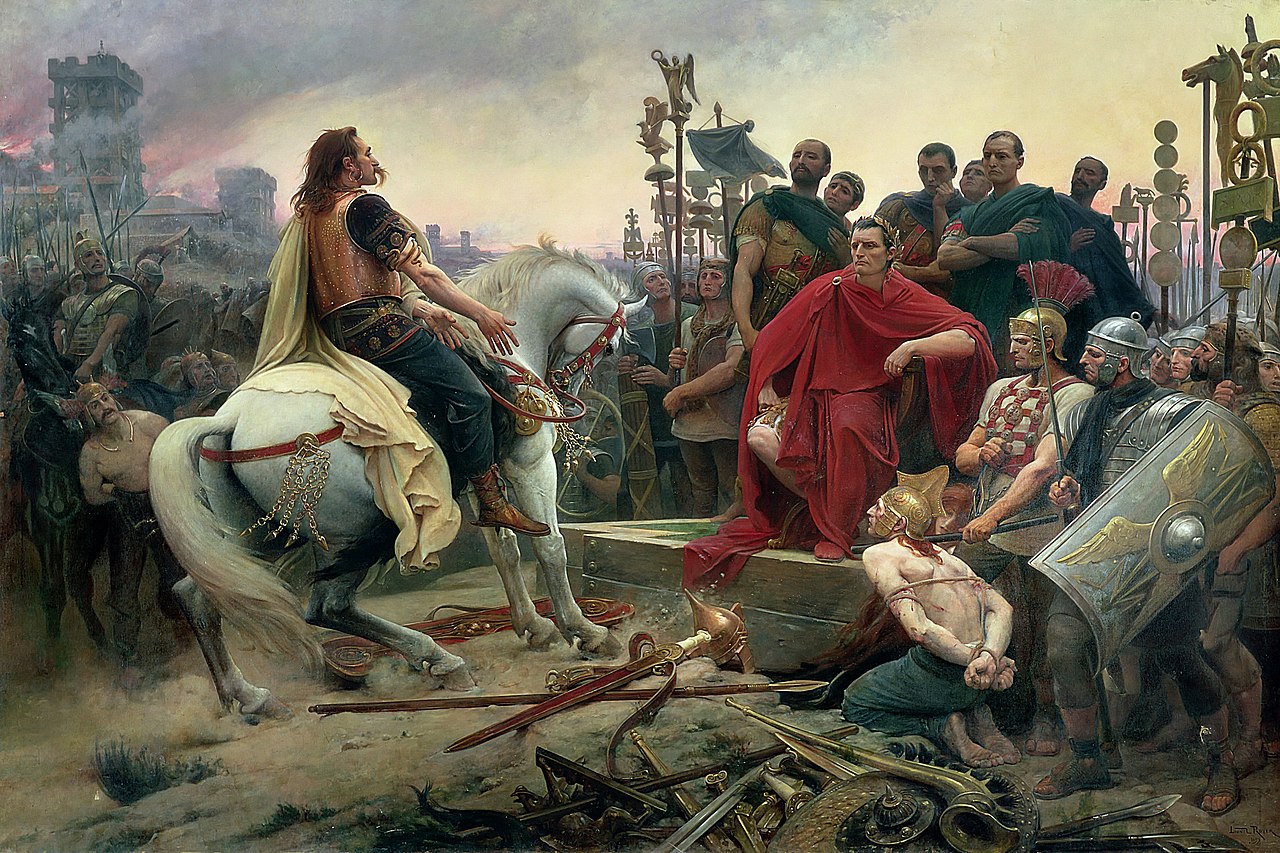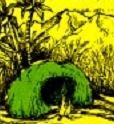

| Physical aspects of charisma | Charisma and saving throws | - | Charisma and psionics | Determining psionic discipline |
| Dragon | - | - | - | Dragon #63 |
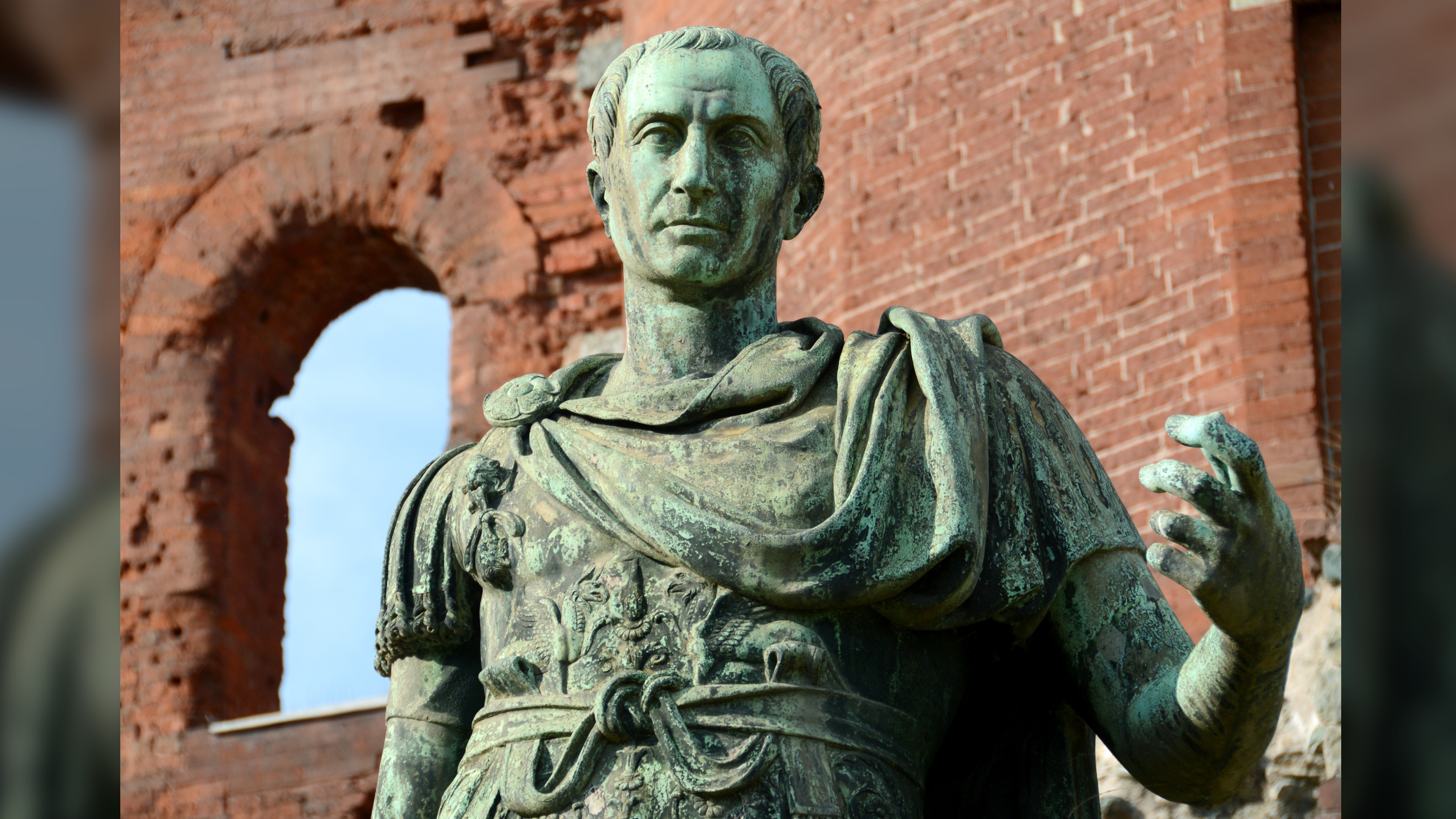
“I look good, but what good does that
do me?”
“I have a lot of persuasiveness; so
what?”
“I can have five henchmen; that’s nice,
but what does it matter?”
Statements like these are often made
by players concerning charisma, the one
basic ability in the AD&D™ system
that is
difficult to incorporate into a game situation. It is very common for
a player, as he
or she “molds” a new character, to put
the character’s lowest score into charisma unless he or she wants to
play a
paladin, ranger, or druid, for which a respectable charisma score is
required.
Why is this often the case?
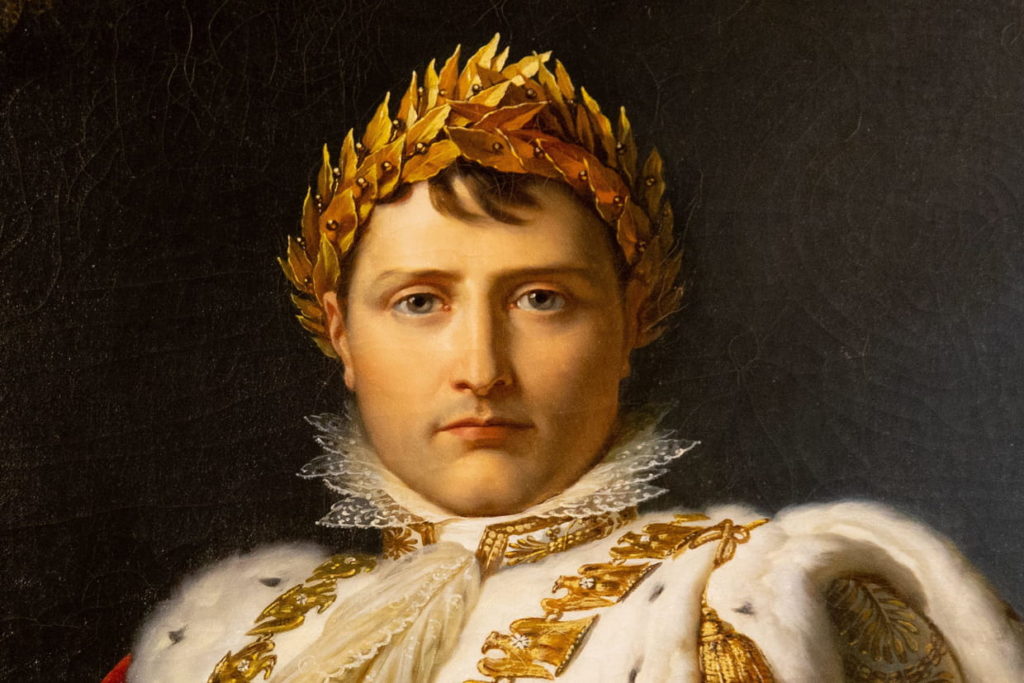
Charisma will determine “loyalty base”
and “number of henchmen” plus “reaction adjustment.” I find that very
few
players and DMs actually use any of
those traits as they apply to charisma. To
have retainers run off at the drop of a hat,
regardless of how they have been treated (just because there has been
a bad die
roll), is very unfair to the player(s). Thus,
“loyalty base” might only be important if
armies of characters are involved, or if
the party (player) is in charge of a small
fighting unit of some type. Loyalty base
can be useful if a character is the commander of a score of men-at-arms,
for
example.
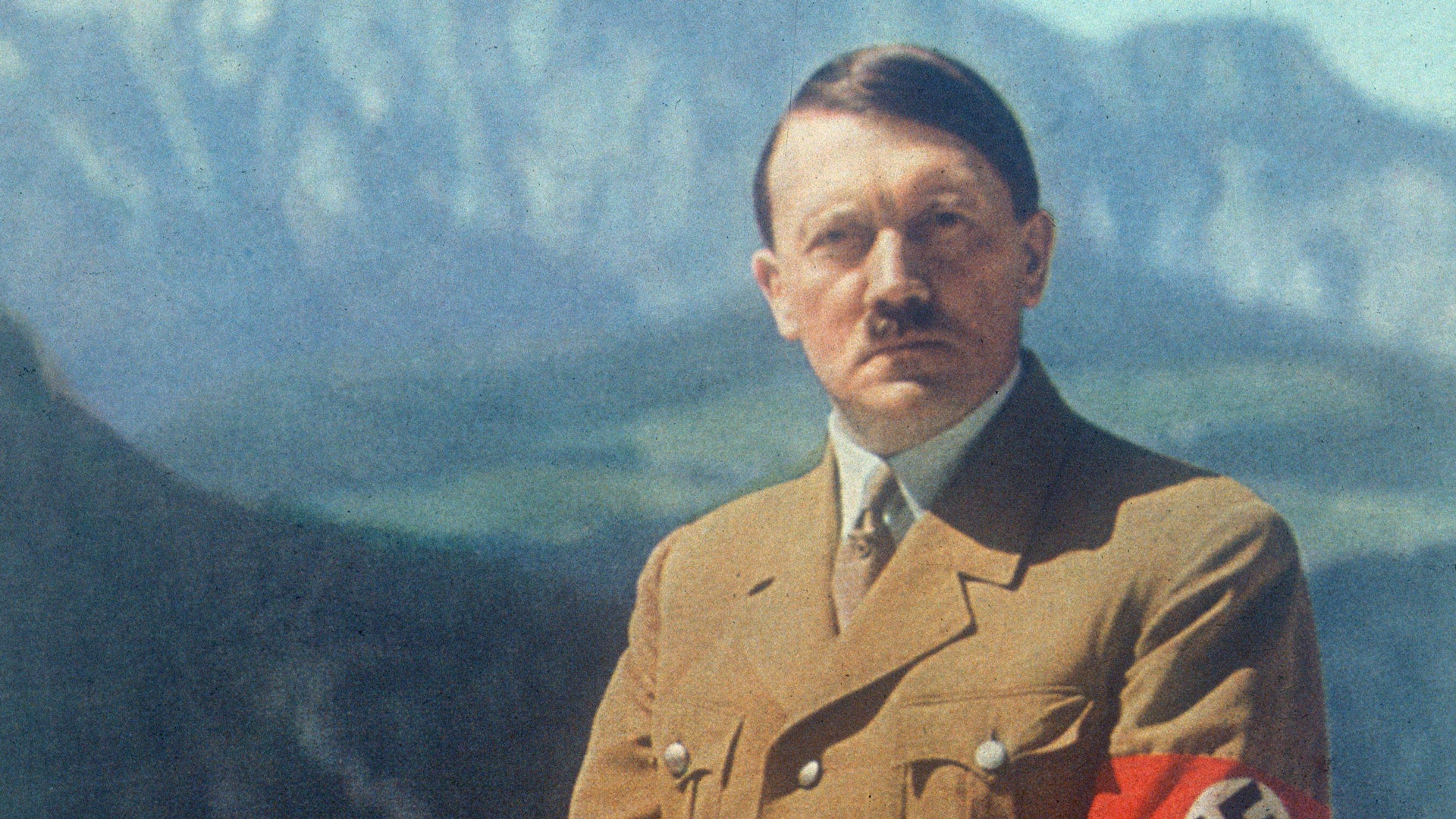
But in most normal dungeon or wilderness adventures, loyalty base is
of
almost no value whatsoever. Why? Because what hapless, low-level (0,
1st, or
2nd) character in his right mind would
travel into danger with characters of
fourth level and higher? Even though the
leaders of the expedition might return to
regale others with their tales, the lowly
henchman would have a much poorer
chance of survival even in a powerful
party. As far as wilderness activity goes,
taking a caravan across the desert is not
often too exciting, and player characters
will seldom if ever be roped into doing
such a task. No matter what the adventuring environment. the poor low-level
torch bearers, linkboys, men-at-arms,
etc., will be blown away in virtually every
melee that constitutes a serious threat
for the player characters. To say that the
party can obtain an endless supply of
such low-level types for each new adventure is absurd. For these reasons,
loyalty
base does not offer a meaningful way to
interpret characters’ charisma in game
terms.
“Number of henchmen” is also a rather
unimportant designation. As pointed out
above, unless the henchmen are close in
level to the owning player character(s),
they will be in immediate jeopardy in any
situation designed to be a serious threat
for those of higher level (the player characters). When they do employ
henchmen, many player characters subvert the
intent of the rules by using the poor
henchmen as “cannon fodder” or as
“armor” to protect their own precious
hides when danger does threaten. And
henchmen can be a headache to keep
track of as the adventure moves along;
trying to record and control the movement of 20, 30, or more party
members
through a dungeon is a thankless task
for the DM.
I find “reaction adjustment” a factor
seldom used with respect to charisma,
and just as well. Negotiation with a
“monster” should take whatever natural
course the events dictate, and should
not be subject to various die rolls to see
how the NPC reacts to the player character. That’s what the DM is there
for, in
part. He or she plays all the “monsters,”
and thus it is his or her natural reaction
to a character’s offer, predicated on the
NPC’s basic personality and alignment,
that should influence how a negotiation
goes.
In my years of playing, I have never
used reaction adjustment or number of
henchmen based on charisma. I use loyalty base only when men-at-arms
or military operations are in progress in which
a player character or two are part of the
command structure of a military unit.
What is charisma good for, then?
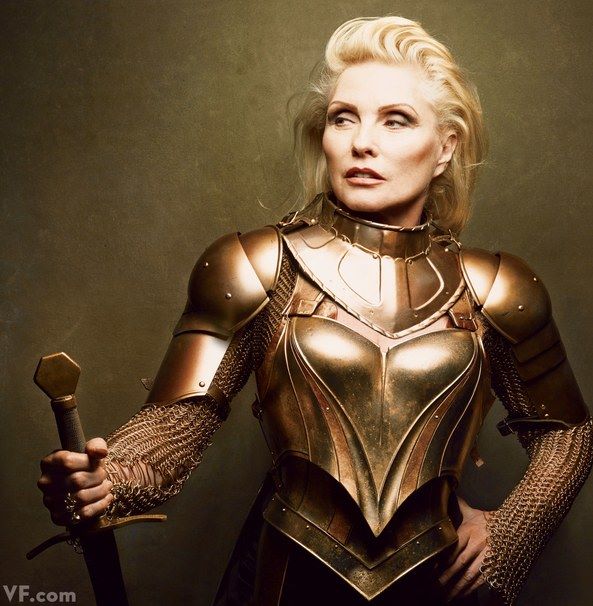
Charisma is made up of three complicated,
somewhat interrelated factors:
physical attractiveness, vocal quality,
and persuasiveness.
Physical attractiveness is more than a
pretty or handsome face. That certainly
is a major portion of it; however, physique and carriage also have
a part. A
person can have an attractive physique,
but with poor posture or poor “moves”
that negate some of that potential advantage. On the other hand, a
person who
moves well and carries himself or herself
well can thereby compensate for the lack
of a good figure or a well proportioned
physique.
A character’s vocal quality can affect
how another person reacts to an offer
made by that character. It is often the
case that baritone and bass-voiced men
can be more easily listened to than those
whose voices are more high-pitched,
squeaky, or generally cacophonous. A
voice’s “delivery” is often a function of
training and intelligence, so that a lisp or
mincing mannerism can be counteracted or other vocal imperfections
compensated for. Naturally, a more resonant
voice can be equally more appealing in
women.
Persuasiveness is tied very closely to
intelligence and/or wisdom. If a person
looks good, moves well, and has a good
voice, this can still all be for naught if
what he or she says is stupid or foolish.
One might look good, sound good, and
still be charismatic while being basically
an idiot or a fool. (We all know at least
one person like this!)
For these reasons, I suggest that the
physical qualities of charisma described
above (face, physique, and voice) be
generated individually. The non-physical
aspect of charisma, reflected in persuasiveness (often known as magnetism),
should also be generated separately for
each character. This is the number considered (as for “regular” charisma)
when
a high score in the ability is needed to
become a member of a certain class.
This non-physical aspect of charisma
can be justifiably used to directly affect
some saving throws, and in conjunction
with psionics. Those effects will be discussed later in this article.
For now, here
are charts to illustrate what a charisma
score would mean in terms of the physical characteristics of a player
or nonplayer character:
1. Facial appearance and attractiveness (roll 3d6):
3 = grotesque, scarred, unbalanced, large birthmarks,
growths on face
4 = ugly, warts, moles, small scars, skin discoloration,
small birthmarks
5 = awful, blemishes on face, poor shape of one
or more features
6 = unappealing, poor blend of features, one feature
especially unattractive
7 = mediocre, some facial characteristic too big
or small
8-12 = plain, average, some single feature might
be above average
13 = pretty or masculine, one strong feature is
likely or a good overall blend
14 = good-looking, good skin quality, good blend
of features
15 = attractive, very masculine or feminine, strong
single feature
16 = beautiful, handsome, multiple strong features
17 = gorgeous, hallmark, fantastic appearance
18 = Adonis or Aphrodite would be envious <Aphrodite
is NOT jealous aboot an 18 Comeliness(Face)!>
2. Body proportion and shape: Add
strength and constitution and
divide total by two, rounding up.
3. Vocal quality (roll 3d6):
3 = raspy, squeaky, unintelligible, flat, cacophonous
4 = difficult to understand, horrible sounding
5 = unpleasant, can be misunderstood, unclear, some
poor quality or qualities
6 = unharmonious, irritating (required minimum for
magic-users,
but should be better)
7 = droning, unmelodious (minimum for cleric or
druid, but should be better)
8 = uninspiring, insipid
9-12 = average quality (usual for illusionists,
or above)
13 = attention-getting, pleasant
14 = harmonic (desirable for anyone who sings semi-professionally)
15 = dominant, persuasive (most actors will score
here or above)
16 = vibrant (virtually a requirement for a bard)
17 = melodic
18 = bardic
High intelligence and/or wisdom can
improve vocal quality (considered to be
done either through formal training or a
character’s self-taught way of compensating for a speech deficiency).
For every point of intelligence and/or wisdom
above 14, add that number of points directly to the vocal quality score,
up to the
maximum of 18.
Charisma and saving throws
Wisdom does not have to be the only
protection for a character against magical attacks involving the mind.
I suggest
that saving throws against such attacks
be divided between wisdom and charisma to give charisma a more important
role in each character’s life:
| Attack form | Wisdom will affect | Charisma will affect |
| beguiling | no | yes |
| charming | no | yes |
| fear | no | yes |
| hypnosis | yes | no |
| illusion | yes | no |
| magic jarring | * | * |
| mass charming | no | yes |
| phantasmal forces | yes | no |
| possession | * | * |
| rulership | no | yes |
| suggestion | no | yes |
| telepathic attack | yes | <?> |
* = whichever is higher
Use the “magical attack adjustment”
on Wisdom Table I in the Players Handbook for charisma and wisdom scores
below 8 and above 14. The rule of thumb
for assigning the “yes” and “no” values
above is that if a figure can be persuasive
or self-assured in some way through the
possession and use of charisma, he or
she will better be able to withstand certain attack forms.
In this system, charisma has a greater
effect on whether or not a character can
be psionic and, if so, how strong the psionic ability is. However,
the specifics are
altered as follows:
The chance for an eligible
character to possess psionic ability is
1/2% for each point of intelligence
and wisdom over 14, plus 1% for
each point of charisma over 12.
Thus, a character with intelligence,
wisdom and charisma of 18 would have a
2% + 2% + 6% = 10% chance to be psionic.
This is the same chance such a character
would have using the calculation in the
Players Handbook (1% base + 5% + 3% +
1% = 10%); obviously, however, characters with lower ability scores
would not
have the same chance to be psionic with
either method.
The calculation described will make
more characters eligible to have psionic
ability — and charisma, a little-used
characteristic (in comparison with the
other five), becomes far more important.
Psionic attack strength and defense
strength (equal numbers whose sum is a
character’s Psionic Ability) are calculated as follows:
For each point of intelligence
above 12, roll one 12-sided die. For
each point of wisdom above 12, roll
one 10-sided die. And for each
point of charisma above 12, roll
one 8-sided die.
Thus, for a character with intelligence,
wisdom and charisma of 18 the maximum score would be 180 [(6x12) +
(6x10)
+ (6x8)], allowing for a maximum Psionic
Ability of 360 (the official method tops
out at 344). The average roll for this figure would be 99, or 198 points
of Psionic
Ability. (The official method would yield
an average of 122.5, or 245 points of Psionic Ability.)
Although more characters qualify for
the possibility of having psionic ability in
this system, and the best of them can
reach greater heights, the average psionic character will be relatively
less powerful than under the rules in the
Players
Handbook.
Psionic combat is not possible for figures whose Psionic Ability is
40 or less,
nor can they use any major discipline
(science). A psionic cannot attack a nonpsionic via Psionic Blast unless
attack
strength is 100 or more (i.e., Psionic Ability must be 200 or greater).
Instead of generating these results
solely with dice rolls (as in the Players
Handbook), the number of disciplines
and the number of attack and defense
modes are tied to a character’s Psionic
Ability (see accompanying chart), with a
die roll then used to pick one number of a
narrower range of possibilities.
| Psionic Ability | Attack Modes | Defense Modes | Minor disc. | Major disc. |
| 2-40 | 0 | 0 | 1 | 0 |
| 41-80 | 1 | 1 | 1-2 | 0 |
| 61-80 | 1-2 | 1-2 | 1-3 | 0 |
| 81-100 | 1-3 | 1-3 | 1-4 | 11 |
| 101-120 | 1-4 | 1-4 | 1-4 | 12 |
| 121-140 | 1-4 | 1-4 | 1-4 | 13 |
| 141-160 | 1-5 | 1-5 | 1-5 | 1 |
| 161-180 | 2-5 | 2-5 | 2-5 | 1 |
| 181-200 | 2-5 | 2-5 | 2-5 | 14 |
| 201-220 | 2-5 | 2-5 | 3-6 | 15 |
| 221-240 | 2-5 | 3-5 | 3-6 | 2 |
| 241+ | 3-5 | all | 3-6 | 2 |
1 -- only if 4 is rolled for minor disciplines
2 -- only if 3 or 4 is rolled minor disciplines
3 -- only if 2, 3, or 4 is rolled for minor disciplines
If a person looks good, moves well, and has a good voice,
this can still all
be for naught if what he or she says is stupid or foolish.
One might look
good, sound good, and still be charismatic while being
basically an idiot
or a fool. (We all know at least one person like this!)
A character does not have to face the
danger of attack by psionic creatures if
his or her Psionic Ability score is very
low (below 40). However, weak psionics
will have one discipline only. Re-roll for a
new discipline if the character does not
have enough power to make use of the
one generated. For instance, a character
with a Psionic Ability score of less than
10 would never be able to use the discipline of Clairaudience. (The
chart at the
end of this article offers a way to determine which discipline(s) a
character has,
based on his or her ability scores instead
of a totally random selection.)
It is important to remember that the
Strength Point Cost of using a discipline
is equal to double the number given in
points of Psionic Ability, “the equivalent
of 1 point each of attack and defense
points,” as the Players Handbook says.
For example, a character has an original
Psionic Ability of 55 attack and 55 defense points for a total of 110.
He uses 40
attack points and 24 defense points in
combat, so that he now has an effective
Psionic Ability of (110—64) = 46. If he
then uses a discipline that costs 2
Strength Points per round, it will consume 4 Psionic Ability points
per round
during its use. Let’s say the character
uses the discipline for 9 rounds, spending (4x9) = 36 Psionic Ability
points. He
had a current total of (55—40) = 15 attack
points and (55—24) = 31 defense points
remaining in his 46-point Psionic Ability
total. Thus, he will use up all 15 attack
points as well as 21 defense points, to be
left with 10 defense points. Since his actual (at full potential) Psionic
Ability is
110, he can be attacked by a psionic in
this condition, but he cannot counterattack since he has no attack
strength left.
Determining psionic disciplines
The following chart is used to assign
psionic disciplines to characters. The
chance of having a certain discipline will
vary depending on the character’s scores
in the three abilities which apply.
Use the “lnt” column for a character
whose only score over 16 is intelligence,
the "Wis" column for characters with
wisdom (and wisdom only) of more than
16, and the "Cha" column if the
character's charisma is the only score higher
than 16. If wisdom and charisma are both
higher than 16, use the "Wis" chart. If
intelligence and one other ability are
higher than 16, use the "Int" column. The
"None" column is for characters with
none of the three ability scores above 16,
and "All" is for those with intelligence,
wisdom, and charisma all higher than 16.
| MINOR DISCIPLINE | INT | WIS | CHA | NONE | ALL |
| Animal Telepathy | 01-02 | 01-03 | 01-04 | 01 | 01-03 |
| Body Equilibrium | 03-07 | 04-05 | 05 | 02-03 | 04-05 |
| Body Weaponry | 08-11 | 06 | 06-07 | 04-08 | 06-07 |
| Cell Adjustment | 12-13 | 07-14 | 08-10 | 09-12 | 08-10 |
| Clairaudience | 14-17 | 15 | 11 | 13-14 | 11-14 |
| Clairvoyance | 18-20 | 16 | 12 | 15-16 | 15-17 |
| Detection of Good or Evil | 21-22 | 17-22 | 13-19 | 17-18 | 18-20 |
| Detection of Magic | 23-30 | 23-24 | 20 | 19 | 21-22 |
| Domination | 31 | 25-29 | 21-30 | 20-22 | 23-25 |
| Empathy | 32-33 | 30-32 | 31-34 | 23-24 | 26-28 |
| ESP | 34-39 | 33-35 | 35-37 | 25-26 | 29-32 |
| Expansion | 40-43 | 36-38 | 38-40 | 27-39 | 33-36 |
| Hypnosis | 44-45 | 39-45 | 41-55 | 40-42 | 37-40 |
| Invisibility | 46-54 | 46-52 | 56-58 | 43-50 | 41-45 |
| Levitation | 55-56 | 53-55 | 59-60 | 51-60 | 46-48 |
| Mind Over Body | 66-68 | 56-67 | 61-66 | 61-70 | 49-53 |
| Molecular Agitation | 69-77 | 68-69 | 67-68 | 71-74 | 54-57 |
| Object Reading | 78-83 | 70-76 | 69-73 | 75-76 | 58-67 |
| Precognition | 84-88 | 77-85 | 74-76 | 77-78 | 68-79 |
| Reduction | 89-90 | 86-88 | 77-81 | 79-84 | 80-83 |
| Sensitivity to Psychic Impressions | 91 | 89-95 | 82-86 | 85-86 | 84-88 |
| Suspend Animation | 92-98 | 96-98 | 87-94 | 87-99 | 89-92 |
| (Select one) | 99-00 | 99-00 | 95-00 | 00 | 93-00 |
| MAJOR DISCIPLINE | INT | WIS | CHA | NONE | ALL |
| Astral Projection | 01--04 | 01--03 | 01 | 01 | 01--05 |
| Aura Alteration | 05--07 | 04--08 | 02--06 | 02--06 | 06--08 |
| Body Control | 08--10 | 09--11 | 07--11 | 04--11 | 09--11 |
| Dimension Door | 11--18 | 12--14 | 12--13 | 12--14 | 12--17 |
| Dimension Walk | 19--23 | 15--16 | 14--15 | 15 | 18--21 |
| Energy Control | 24--25 | 17--20 | 16--21 | 16--25 | 22--24 |
| Etherealness | 26--28 | 21-22 | 22--24 | 26 | 25--28 |
| Mass Domination | 29--30 | 23-30 | 25--32 | 27 | 29--33 |
| Mind Bar | 31--50 | 31-44 | 33-37 | 28--29 | 34--40 |
| Molecular Manipulation | 51--54 | 45--50 | 38--44 | 30--46 | 41--45 |
| Molecular Rearrangement | 56--63 | 51--54 | 45--48 | 47--52 | 46--50 |
| Probability Travel | 64--72 | 55-64 | 49--52 | 53 | 51--55 |
| Telekinesis | 73--82 | 65--72 | 53--58 | 54--55 | 56--60 |
| Telempathic Projection | 83--87 | 73-88 | 59--72 | 56--60 | 61--67 |
| Telepathy | 88-92 | 89--93 | 73--82 | 61--62 | 68--74 |
| Telepathic Projection | 93--94 | 94--96 | 83--90 | 63--64 | 75--78 |
| Shape Alteration | 95--96 | 97 | 91--94 | 65--84 | 79--83 |
| Teleportation | 97--00 | 98-00 | 95--00 | 85--00 | 84--00 |
